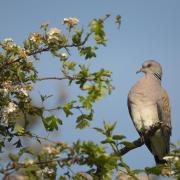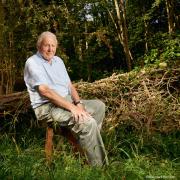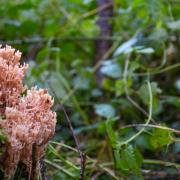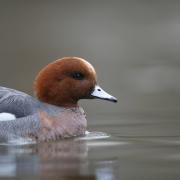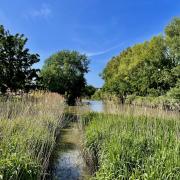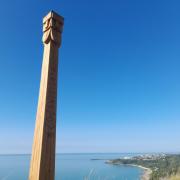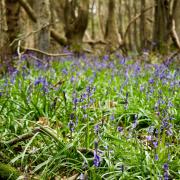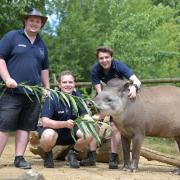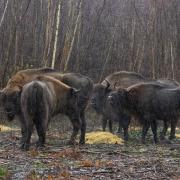One in 10 UK species are threatened with extinction, with concerns in Kent for its wildlife. Words by: Ray Lewis

It’s not too late to save UK nature but we must act now – that is the conclusion from a coalition of more than 50 leading wildlife and research organisations behind the State of Nature 2016 report. Here in Kent there are also concerns for its wildlife. According to Kent Wildlife Trust, despite some success stories, the long-term decline in biodiversity has not been halted. Five species of butterfly have disappeared from Kent in the past 50 years, one – the pearl-bordered fritillary – as recently as 2002. Three more butterfly species are also on the brink of extinction.
Since 1980 the rate of plant extinctions in Kent has accelerated with an average of four species per decade vanishing from Kent. Many species continue to suffer population declines, particularly, birds and wildflowers associated with farmland, wetland plants and birds.
In the marine environment, recent local extinctions are being recorded. Kent’s once-abundant native oyster beds have been reduced to small pockets and farmed stocks, and there are declines in commercial fish species. Loss of habitat and changes in land use are major causes; if habitats are fragmented and isolated it is difficult for species to recolonise even when sites are brought into sympathetic management. It is essential that suitable areas are linked together so wildlife can spread between them.
Targeted conservation action is helping some threatened butterfly species in Kent. There have been major increases of heath fritillary in the Blean Woods Complex and this is now the UK’s most important population.
Reintroductions of the Adonis blue butterfly and silver spotted skipper to Kent Wildlife Trust’s Queendown Warren and Burham Down reserves have been successful and these butterflies are now colonising nearby sites.
A number of previously rare and threatened species are recovering. The creation of new wetland habitats has been a key factor behind increases of birds like great crested grebe, avocet and marsh harrier. And hobby, buzzard and raven have returned to Kent, showing the effectiveness of protective legislation and the banning of dangerous pesticides.
The State of Nature report, launched by Sir David Attenborough at the Royal Society, presents the clearest picture to date of the status of our native species across land and sea. It reveals that 56 per cent of UK species studied have declined since 1970, while more than one in 10 (1,199 species) of the nearly 8,000 species assessed in the UK are under threat of disappearing altogether.
Now is the time to make ambitious decisions and significant investment in nature to ensure year-on-year improvement to the health and protection of the UK’s nature and environment for future generations.
Find out more
We can all do our bit to help nature recover. Why not join Kent Wildlife Trust and make a difference? To find out more call 01622 662012 or visit: www.kentwildlifetrust.org.uk
A full copy of the State of Nature 2016 report is available at: www.wildlifetrusts.org/stateofnature16




